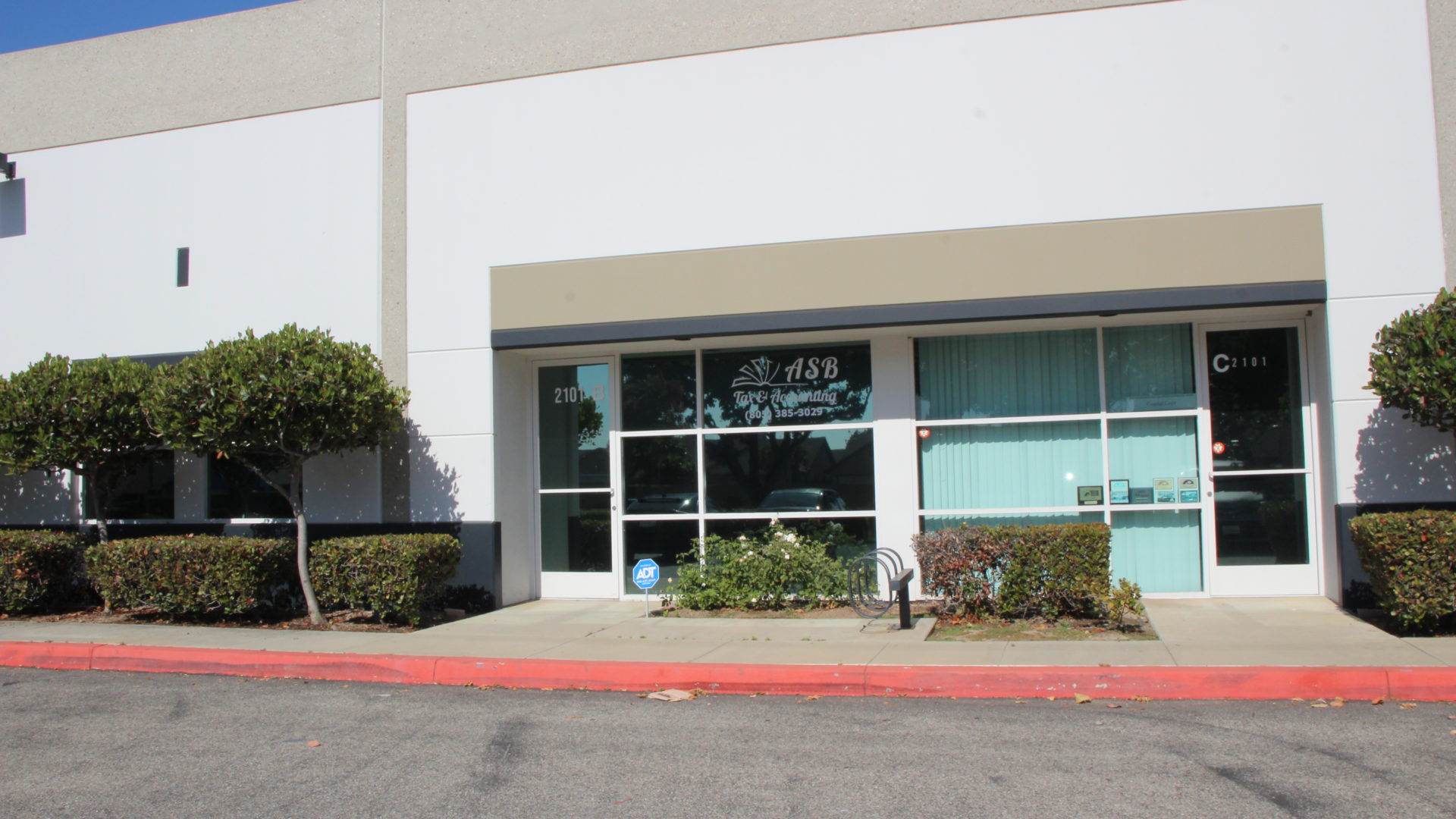How to report income from freelance or gig economy work
In the digital age, more and more people are taking up freelance work or participating in the gig economy, offering services as ride-hailing drivers, graphic designers, web developers, and many others. While these jobs can offer flexibility and autonomy, they also come with the responsibility of properly reporting income to the IRS. Here’s how to properly report freelance or gig economy income .
When you work as a freelancer or participate in the gig economy, you should understand that you do not have an employer withholding taxes from you. This means that you are responsible for paying your own taxes. All income earned, no matter the amount, must be reported. The IRS requires self-employed workers to report all income earned, whether it comes from platforms like Uber, Fiverr, or any other online service.
It’s critical to keep detailed records of all payments received for your services. This includes payments made directly by your clients, as well as any platforms that act as a middleman. Gig economy platforms, such as Uber or Airbnb, will typically send you a 1099-K form if your earnings exceed a specific threshold (usually $20,000 and 200 transactions). However, if you don’t receive a form, you’re still required to report all of your earnings.
When it comes to reporting freelance income, you must use Schedule C (Form 1040) to report income and expenses related to your freelance work. This form allows you to subtract allowable business expenses, which can reduce the amount of income subject to tax. Some examples of deductible expenses include tools and equipment used in your work, internet and phone services, advertising, and other costs related to your freelance activity.
Additionally, if you are a freelancer or gig economy worker, you will likely have to pay additional self-employment taxes, known as the Self-Employment Tax. This tax covers Social Security and Medicare, and is calculated on your net earnings (income minus deductible expenses). To report this tax, you will need to use Form 1040 along with Schedule SE.
You may also need to pay quarterly estimated taxes if your income is not subject to regular withholding. Self-employed individuals must make estimated tax payments every three months, which helps avoid penalties for not paying taxes on time. To figure out how much you owe, you can use Form 1040-ES.
If you receive payments from clients through platforms like PayPal or Venmo, make sure you properly track these payments. While these platforms often don’t withhold taxes, you must report all income, even if you don’t receive a 1099 form. This means you need to account for both payments for services and any tips you may have received.
It’s important to note that while many freelancers and gig economy workers own their own businesses, tax benefits and deductions for certain expenses only apply if you can prove that those expenses are directly related to your work activity. If you have questions about how to report income or need help with deductions, it’s a good idea to consult with a tax professional who can guide you through the process.

